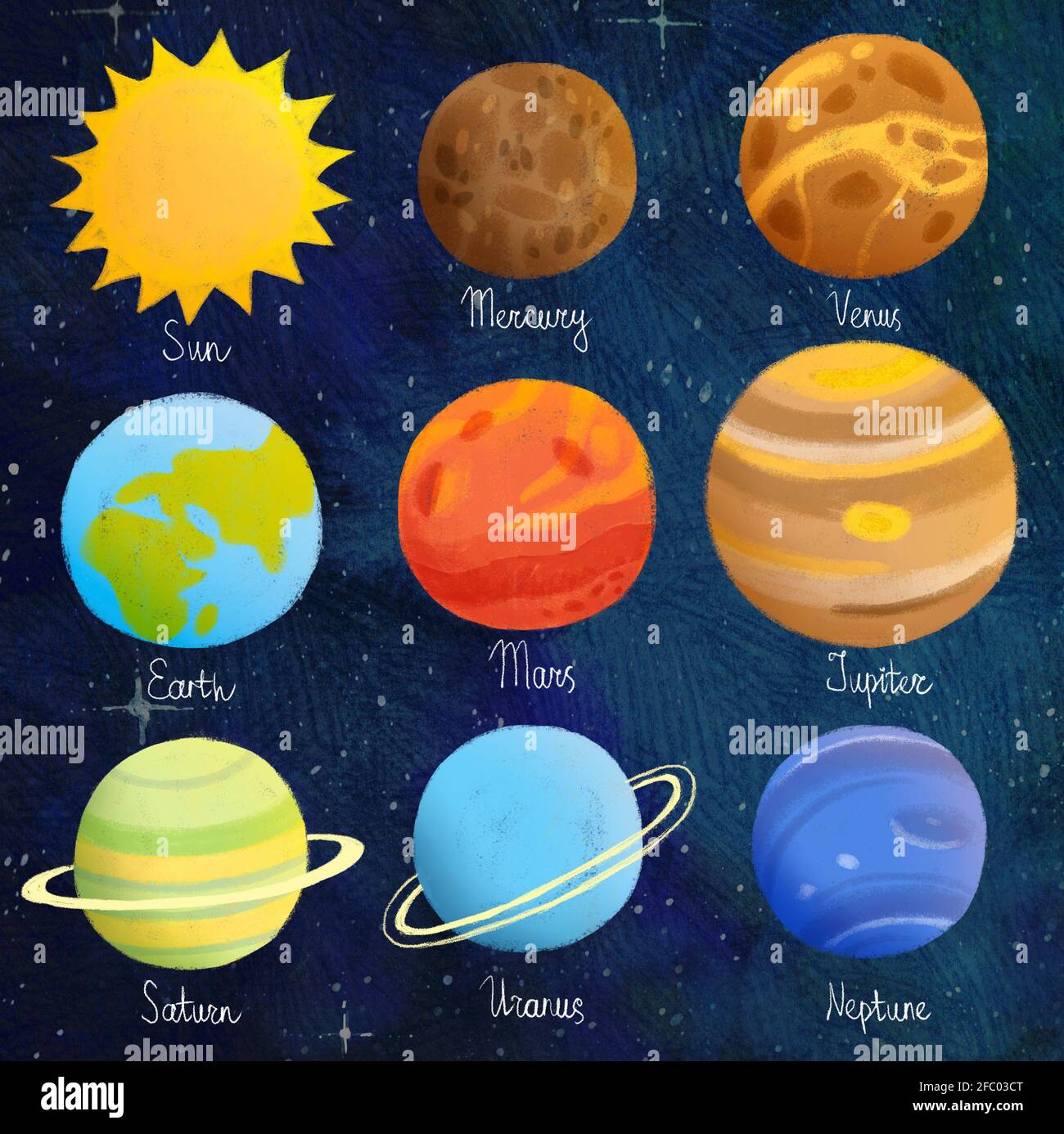Planets Colors And Sizes Explore the colors of Solar System planets and discover what causes them
Explore the unique color profiles of each planet from Mercury s reddish hue to Neptune s deep blue color and learn about the atmospheric and geological factors that influence their appearance These particles range in size from tiny dust grains to massive boulders and their varying sizes and compositions contribute to the diverse range Pluto As a dwarf planet Pluto has a radius of approximately 1 188 km 738 mi and a diameter of 2 376 km 1 476 mi It is about 0 18 times the size of Earth Comparative Table of Size of Planets This table compares the radius diameter and relative size of each planet compared to Earth
Planets Colors And Sizes
 Planets Colors And Sizes
Planets Colors And Sizes
http://4.bp.blogspot.com/-rt4vubHGTeA/UMyY6bSHPsI/AAAAAAAABsY/KERrifz9Ms4/s1600/solar+system+planets+size-200.jpg
Planets in our Solar system size comparison Largest to smallest are pictured left to right top to bottom Jupiter Saturn Uranus Neptune Earth Venus Mars Mercury
Templates are pre-designed documents or files that can be utilized for various purposes. They can conserve effort and time by offering a ready-made format and layout for producing various type of material. Templates can be utilized for personal or professional projects, such as resumes, invites, flyers, newsletters, reports, presentations, and more.
Planets Colors And Sizes

Telegraph

Solar System Planets Fabric Panel Purple Proyectos De Sistemas

How Big Are Each Of The Planets

A Rendered Image Of The Planets And Some Moons Of Our Solar System With

Solar System Size To Scale

Cute Solar System Wallpaper

https://www.astronomy.com/observing/what-colors-are-the-planets-in-our-solar-system-and-why-are-they-so-different/
The planets of the solar system are varied in their appearance Mercury is slate gray while Venus is pearly white Earth a vibrant blue and Mars a dusky red

https://www.universetoday.com/33642/the-colors-of-the-planets/
The planet Venus as imaged by the Magellan 10 mission Credit NASA JPL Venus The color of Venus on the other hand depends very much on the position of the observer While Venus is also a

https://wordscr.com/what-colors-are-the-planets-in-order/
Understanding the colors of the planets in order from the Sun can be a journey into the heart of our solar system revealing secrets about their formation evolution and the processes that shape them often referred to as Earth s twin due to its similar size presents a striking yellow white appearance This distinctive hue is caused by

https://littleastronomy.com/what-color-are-the-planets/
The yellow light brown white colors in Saturn s exterior are the result of light bouncing on the clouds that are in Saturn s atmosphere These clouds are made up of hydrogen and helium for the most part with some traces of ammonia phosphine and other elements The rings around Saturn also share some colors with the planet

https://science.nasa.gov/solar-system/planet-sizes-and-locations-in-our-solar-system/
This is a simple guide to the sizes of planets based on the equatorial diameter or width at the equator of each planet 2019 that were used to create this color enhanced view At the time the images were taken the spacecraft was between 16 700 miles 26 900 kilometers and 59 300 miles 95 400 kilometers above Jupiter s cloud
[desc-11] [desc-12]
[desc-13]